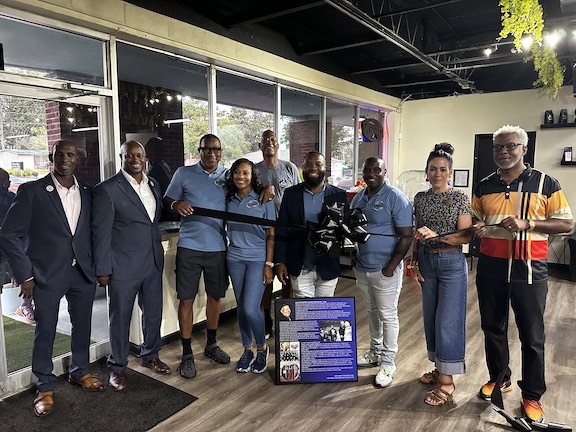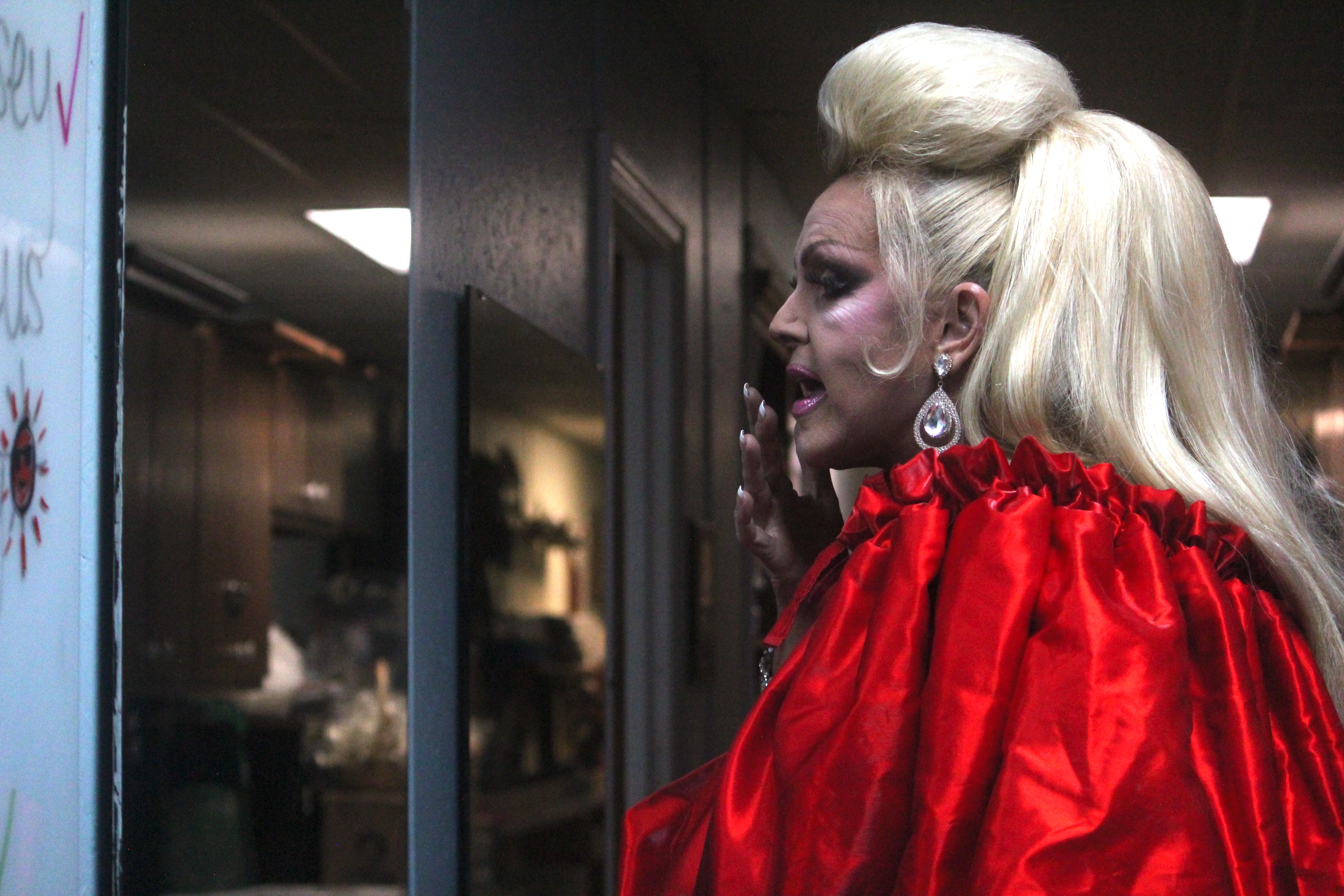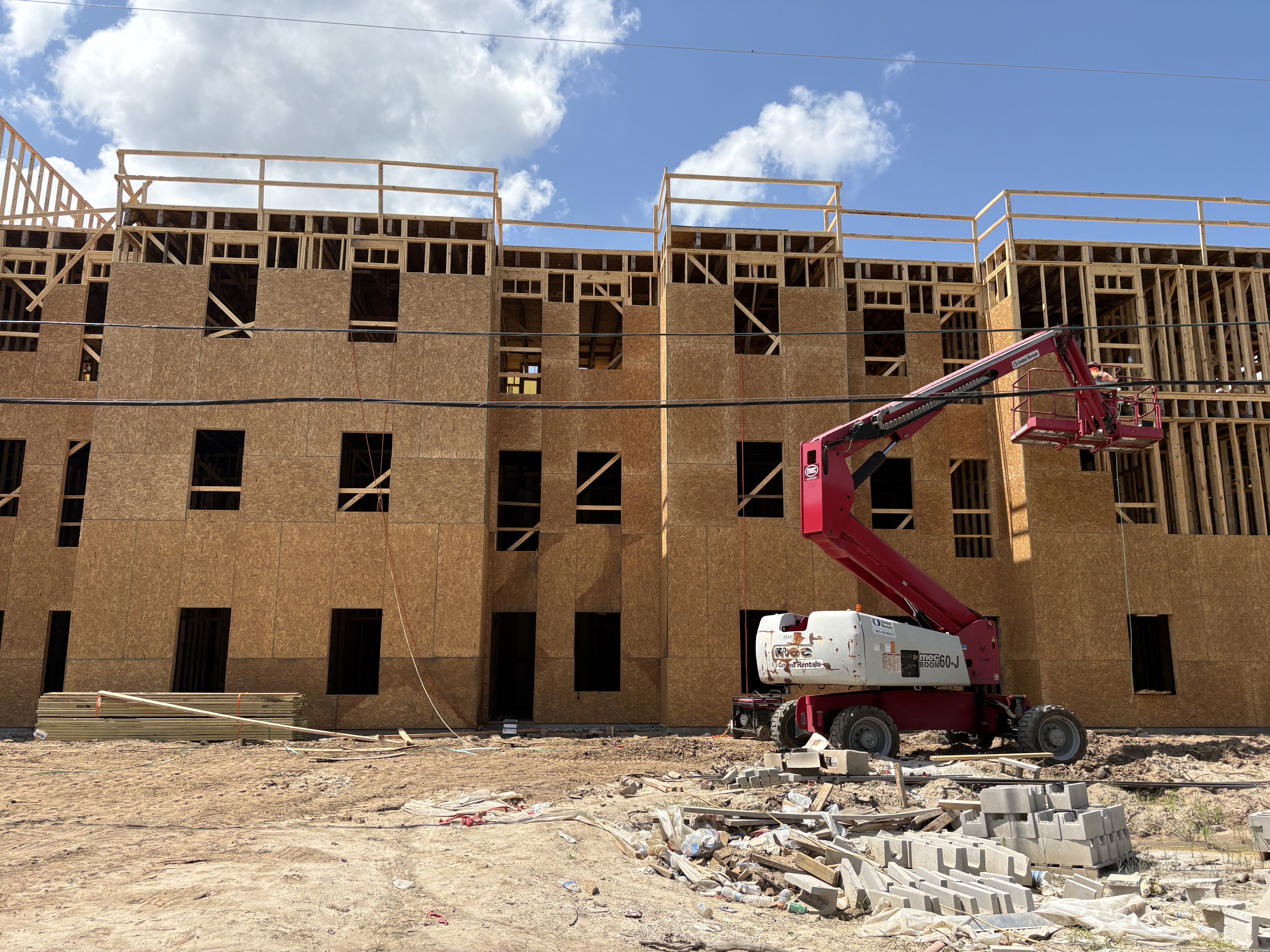Times photographer takes ride of a lifetime with Moody instructor
Published 4:34 am Tuesday, December 6, 2005
MOODY AIR FORCE BASE — Roller coaster. That may be the easiest way to describe a flight in a Moody Air Force Base T-6A Texan II, and that isn’t a fair description, trust me, especially after my flight with Lt. Bill Johnson with the 3rd Flying Training Squadron Tuesday afternoon.
My day started out getting fitted with my flight gear which consisted of a flight suit, boots, helmet, gloves, and finally a G-suit. The G-suit was different – basically they look like a pair of chaps, and they wrap around your legs and lower torso, with air bladders expanding to keep blood from moving to your legs when you experience G-forces when doing maneuvers in the aircraft. On the ground, all of us are experiencing one G, or one gravity, zero G’s you are weightless, and two G’s you experience twice your body weight. The pilots at Moody experience up to seven G’s flying, and wear G-suits to prevent them from blacking out from the excessive G’s. For comparison, some roller coasters can hit three G’s very briefly, while our pilots at Moody pull four G’s and more on a regular basis, and not briefly, but during the entire maneuver.
Once Senior Airman Kiana Menifee finished with my sizing and G-suit fitting, I headed over to egress training at Aerospace Physiology. “Egress” means getting out of the plane, fast, very fast, in case of an emergency. Airman Charmai Davalos gave the briefing, explaining the two methods to egress out of the T-6, climb out or eject — neither option sounded very fun.
After finishing egress training, I went to medical and was cleared by the flight surgeon to fly, and then met my pilot, Lt. Bill Johnson, an instructor pilot (IP) with the 3rd Flying Squadron. A University of Arkansas graduate, Lt. Johnson went through flight training at Moody and finished in January of 2003, then more flight training at Columbus AFB, followed by instructor pilot training in San Antonio,Texas, and back to Moody for three years as an IP. Wanting to be a pilot since he was 8 years old, Lt. Johnson will finish his assignment at Moody and continue flying either the F-16 or F-15.
After a briefing on the upcoming flight, we geared up and went out to the aircraft to prepare for take off. The crew chief greeted us at the plane, did some paperwork with Lt. Johnson followed by climbing into the cockpit and strapping in. “Strapped” is the literal use of the word – I had seven buckles holding me in place, two for my ankles for the ejection sequence, two across my shoulders, two on my midsection and one lap belt.
After a quick exterior check of the control surfaces and the plane, Lt. Johnson came aboard and took his seat in the front, strapped in, and we put on our helmets, plugged in our oxygen and closed the canopy and went through the preflight check list and started the engine, all 1,100 horsepower.
Then the fun started. We taxied out of the hanger down to the end of the runway and waited our turn to take off. Once cleared for take off, Lt. Johnson powered up the engine, released the brakes, and down the runway we went. Once we hit about 87 mph, Lt. Johnson pulled the nose up, and we were airborne. We banked right, started a climb, and headed out to our flight space called military operations area (MOA), located between Quitman and Moultrie west of Interstate 75.
My first impressions of the flight was the smoothness of the ride. We had no turbulence, and Lt. Johnson said it was a perfect day for flying, so we were in luck for a good flight. The inside of the T-6 is fairly comfortable also. The cockpit wasn’t cramped, and the large canopy gave a good view of the countryside.
After about 10 minutes, we reached our MOA, flying at 12,000 feet. Lt. Johnson asked if I wanted to do anything such as an aerobatic maneuver. So far, we hadn’t done anything other than a bank right after take off, and I was eager to see what the pilots and students at Moody experience.
Let me tell you, the experience is one heck of a ride. Lt. Johnson did a simple loop, nothing all that spectacular, but for a first timer, what a rush. He explained what he was doing, adding more torque or throttle, focusing on a fixed point such as a cloud, and pulling the stick back and up we went, up and then inverted, and then descending back down to level flight. You would think it was quick and simple, and it was, and we even pulled about four G’s doing the loop. I didn’t feel sick either, a good start.
Next we did some relatively simple flying, an aileron roll, a maneuver in which Lt. Johnson raised the nose up 20 degrees and moved the joy stick either hard right or left, doing a complete spin on the planes axis, and ending back on a level flight. A few more of these, and I was ready for something more demanding on the plane or me. Lt. Johnson did a Cuban Eight. Basically, it is what it sounds like – you draw an eight in the sky, vertical, loops and spins, inverted and such. This time we hit some sustained G’s, and got the full effect of the G-suit squeezing my legs and mid torso. The best way to describe how a G-suit feels would be to get a dozen blood-pressure cuffs and strap them on your legs, and inflate them all at once, real fast.
Next Lt. Johnson demonstrated a barrel roll, similar to a loop except you are rolling while completing the loop and experiencing G’s the entire maneuver. I think we pulled a little over four G’s during this maneuver, and I wasn’t feeling sick, but hitting the G’s can take a toll on your body if you aren’t used to it. I was having the typical symptoms, a lot of sweating, something I was told to expect. So, we slowed down the aerobatics for a few minutes, and did some level flying as I looked out the canopy at the country side at 12,000 feet.
From that distance, I could see Quitman off my left wing, Moultrie and Spence Field off my right, and behind me I could see Adel and the Interstate. As we were turning to stay in our MOA, Lt. Johnson pointed out the Florida coast visible in the distance, a testament to the clear and beautiful flying weather we had that day.
Many people may think we hot-dogged it that afternoon doing all of those maneuvers, but Lt. Johnson explained that all of the aerobatics we did are taught to the student pilots at Moody as part of their training, so please keep that in mind.
After about 45 minutes of flying in our MOA doing various turns, loops and so forth, we headed back to Moody. But not before doing one more maneuver, the split-S, a classic example of an aerobatic maneuver used by military pilots. What Lt. Johnson did was roll the plane so we were inverted, pull the joy stick back so we started descending while inverted, and then picking up speed while reversing our direction. Pretty snazzy and impressive also.
The way back to base was fairly routine. Lt. Johnson pointed the plane toward Moody to get into the pattern for landing. Once again, I learned that flying with a pilot at Moody is not like flying commercial. On our final approach, Lt. Johnson needed to do a hard right turn, and he did a hard right turn, not a slow easy turn, but a quarter roll and hard pull back on the stick, and then level flight. Lt. Johnson explained that was necessary in a turn like that since he wouldn’t be able to see his surrounding airspace at 2,000 feet while on approach to Moody, and the sooner we got back to level flight, the better off we were.
Before I knew it we were on the ground and taxiing back to the parking area, and no, I didn’t get sick, but after the split-S, I did feel a little uneasy in my stomach. My flight was over, a little over one hour, and I had a ride that I will never forget. Everything was perfect, the weather, a great pilot, an awesome plane, and everyone assisting me in getting ready for the flight were true professionals — no doubt the reason why Moody is the best of the best in my book.





